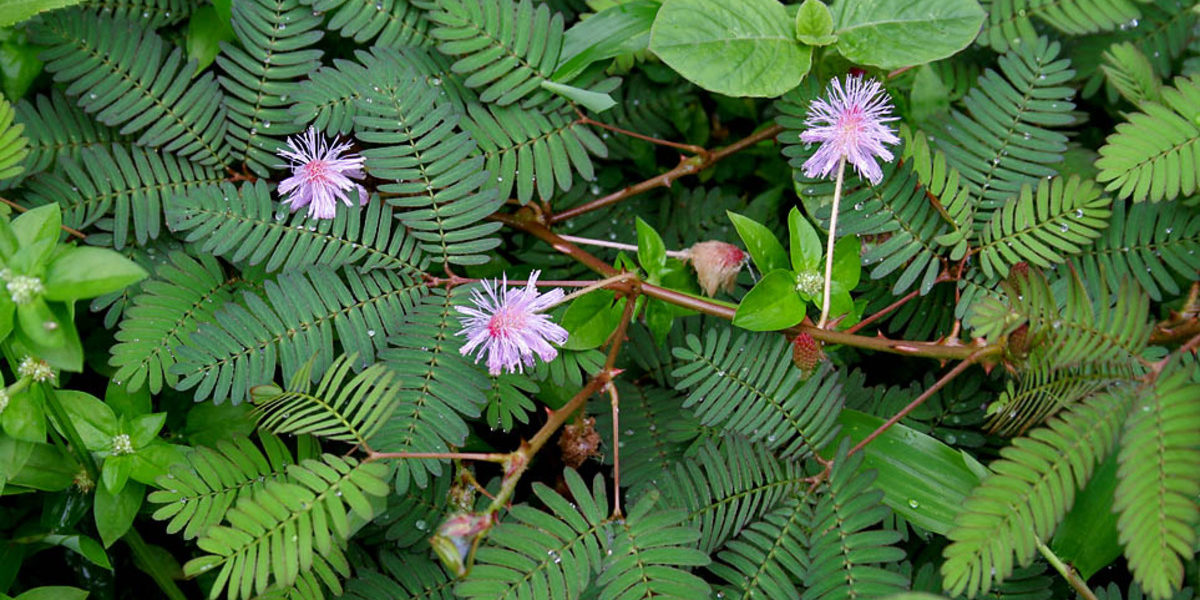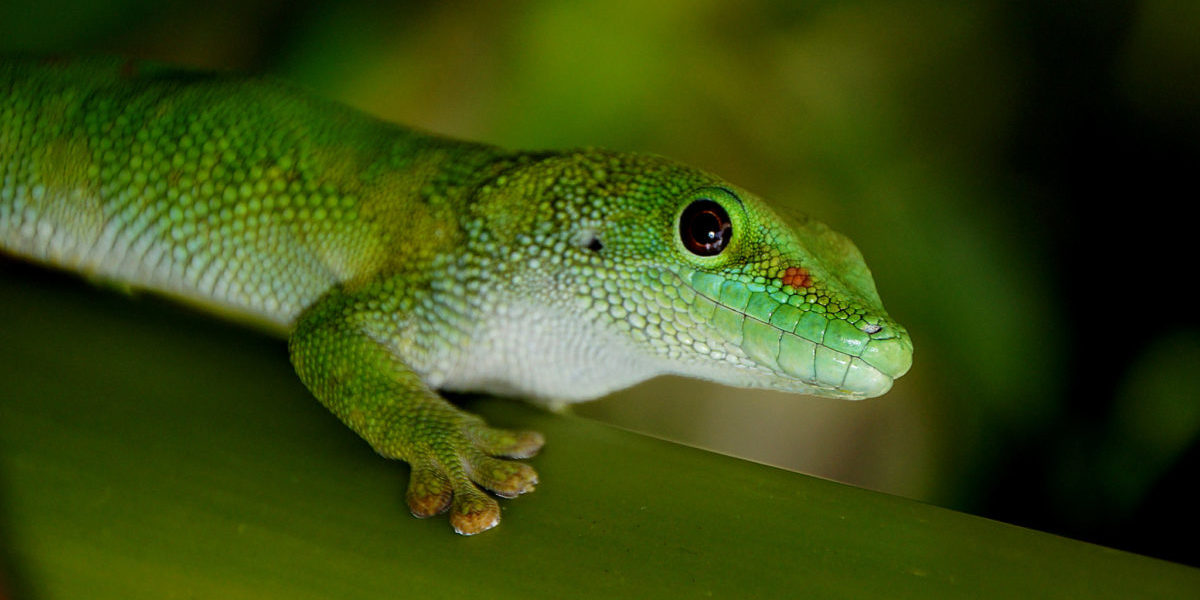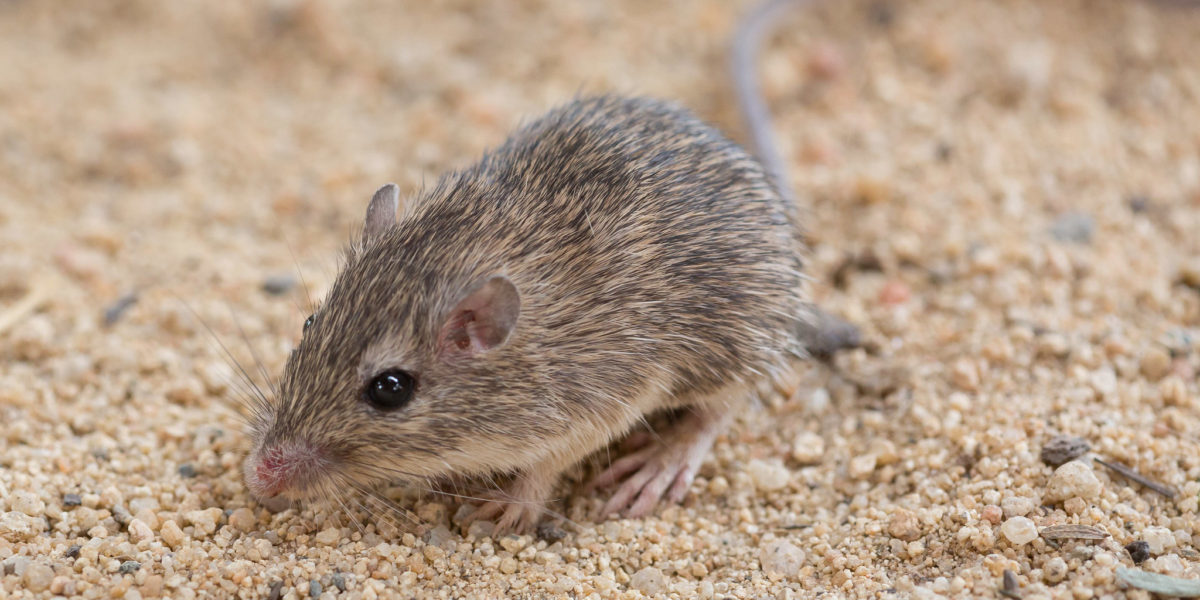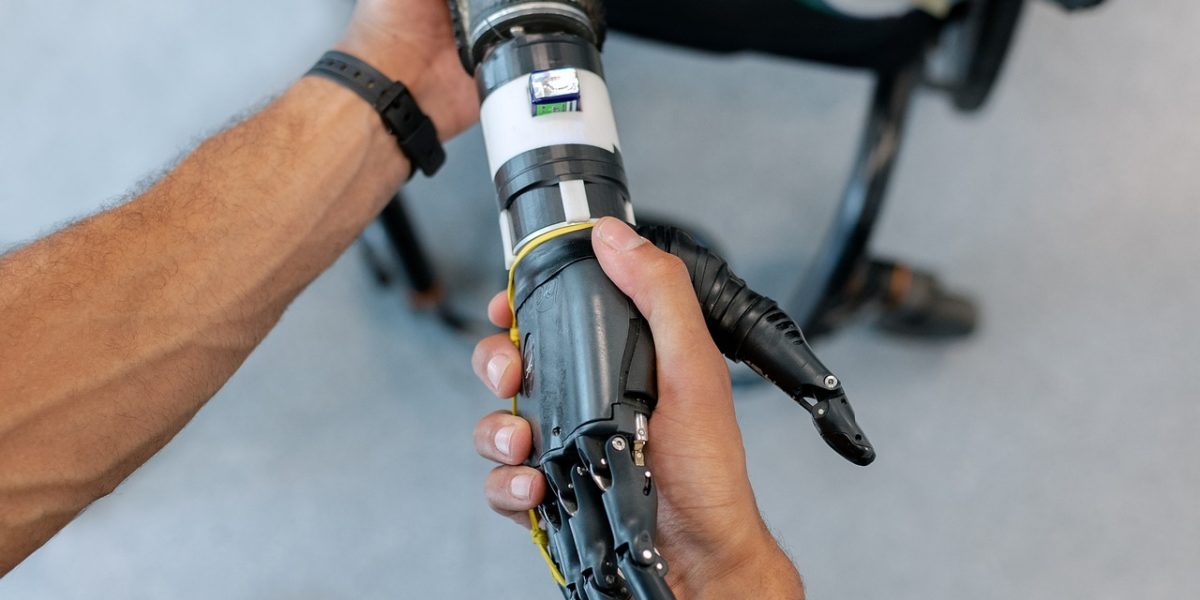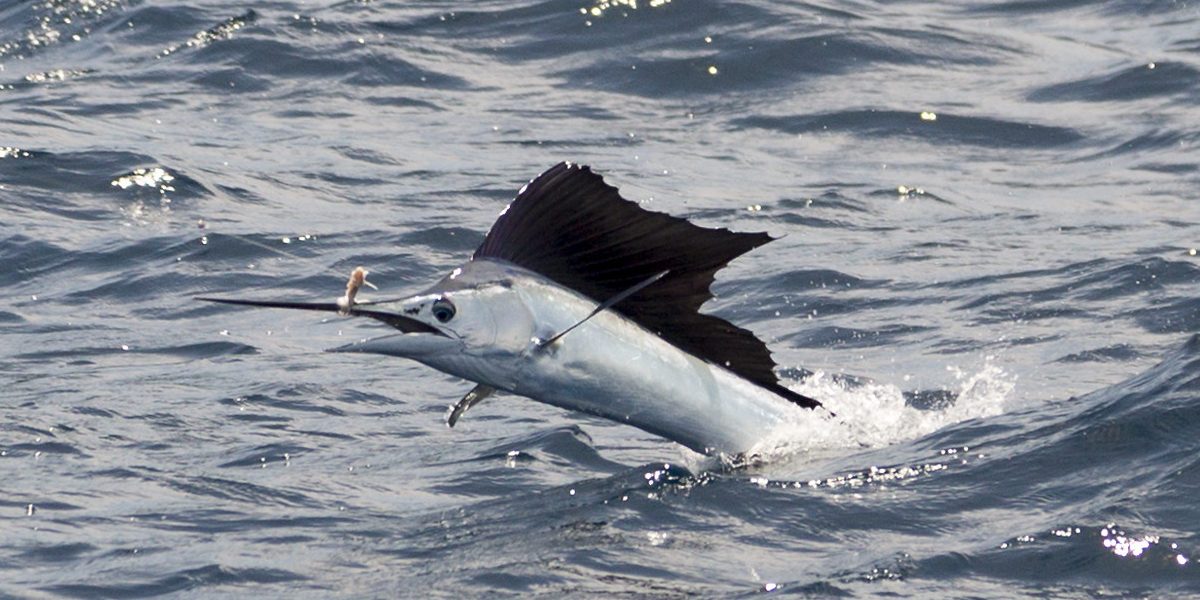If you think you’re shy, you should meet the plant known to botanists as Mimosa pudica! Also known as a touch-me-not, shame plant, or humble plant, M. pudica reacts rapidly to external stimuli – such as being touched, changes in heat, or changes in light intensity. The reaction generally includes the folding in of the plant’s leaves and the stem bending downward. These movements make the touch-me-not one of the most curious plants on the planet.
Continue reading “The plant that hates to be touched”Category: text
Sticks and stones may break my bones but dirt will wash right off
There you are, sitting in the park eating your spaghetti picnic on your favorite picnic blanket when your pollen allergy acts up. You let out a sneeze powerful enough to compete with Aeolus’ bag of wind, but now your spaghetti is all over your favorite picnic blanket. You immediately go to rinse it off, but your fine Italian sauce has thoroughly soaked in. If only nature had a solution to keep a surface clean. Enter: the lotus leaf.
Continue reading “Sticks and stones may break my bones but dirt will wash right off”Oops I Did It Again: The Biomechanics Behind Repetitive Ankle Injuries
Ankle injuries – either sprains or fractures – are one of the most common sports traumas plaguing the US today. Sprains are overextensions or tears in ligaments. Fractures, on the other hand, are broken bones.
Continue reading “Oops I Did It Again: The Biomechanics Behind Repetitive Ankle Injuries”The hairy feet of the gecko
Have you ever thought about what it would be like to walk on walls? If you’ve ever watched a Spiderman movie or watched a gecko maneuver around its habitat, you probably have. While geckos don’t fight crime, their climbing ability is as fantastic as that of any superhero. Geckos have one of the most unique climbing adaptations of any animal, and scientists are examining the source of this ability to see if human technology could one day achieve something similar.
Continue reading “The hairy feet of the gecko”What Can Different Types of Facial Wrinkles Tell Us?

Few people enjoy having wrinkles. Some people spend a lot of time, money and efforts trying to reduce the wrinkles on their face, while others simply appreciate them as something naturally occurs with aging. Regardless, wrinkles are always associated with aging. However, if we look into what different types of wrinkles are and how they form, we will find that not all wrinkles are bad. Not all wrinkles are caused by aging, and not all wrinkles should be treated the same way. Here, we introduce different types of facial wrinkles categorized by plastic surgeon and their corresponding treatment.
Continue reading “What Can Different Types of Facial Wrinkles Tell Us?”It’s The Little Things That Make Trees Strong
Plants come in all shapes and sizes, from the smallest blades of grass to trees so big that the tops can’t even be seen from the ground. But all plants are made from the same basic cell structures and components. So why is it that I can easily pick a flower, but could spend hours chopping at a tree and hardly make a dent? Trees are so much stronger than almost every other plant that they have become a staple in the construction industry. The key to the success of the tree is small differences in the structure.
Continue reading “It’s The Little Things That Make Trees Strong”How Mice Could Help You Regenerate a Lost Limb
If you have ever experienced a nasty scrape or burn, you know the process of healing is not very fun. Human skin can take several weeks to regenerate after an injury and that often comes with a fair amount of pain. For a bigger injury that involves tissue damage, there is often little the human body can do to regenerate larger parts. However, thanks to a small rodent – the African spiny mouse – regenerative medicine for humans could be making huge advances in the near future.
Continue reading “How Mice Could Help You Regenerate a Lost Limb”Advances In Prostheses: Restoring the Sense of touch to amputees
Whether or not you know someone who has lost a limb, we can all easily imagine the hardships that would follow such a tragedy. Thanks to scientific advancements, prosthetic limbs have become more and more available and functional over the past few decades. However, one of the greatest challenges—which has only recently been started to be addressed—still facing the industry is the question of how to restore tactility through prosthetic hands. Having the sense of touch in your hands is essential to everyday activities, such as putting on your clothes in the morning or drinking a glass of water; and, unfortunately, in the US alone there are over 100,000 persons registered who had an amputation of a complete arm, hand, or partial hand.
Continue reading “Advances In Prostheses: Restoring the Sense of touch to amputees”Top Gun Trauma: the Effects of Ejecting From a Fighter Jet on the Spine
The need for speed places fighter pilots in electrifying yet dangerous situations. When things go wrong during flight, pilots must consider ejecting, a terrifying choice. Ejection is a last resort due to the large compressive forces and the high wind speeds that can cause many different serious injuries, including spinal injuries. Approximately 20-30% of people who survive ejection endure spinal fractures. Understanding the dangers of flight that service members face increases awareness of the military lifestyle within the civilian population and is critical in finding solutions to lessen the severity of injury.
Continue reading “Top Gun Trauma: the Effects of Ejecting From a Fighter Jet on the Spine”Swimming Fast and Slow: What We Know About the Sailfish’s Iconic Fin
Sailfish, or Istiophorus platypterus, are one of the most recognizable fishes in the ocean due to their large sail-like dorsal fin. But, did you know that they are also iconic because they are one of the fastest swimmers in the ocean?
Continue reading “Swimming Fast and Slow: What We Know About the Sailfish’s Iconic Fin”